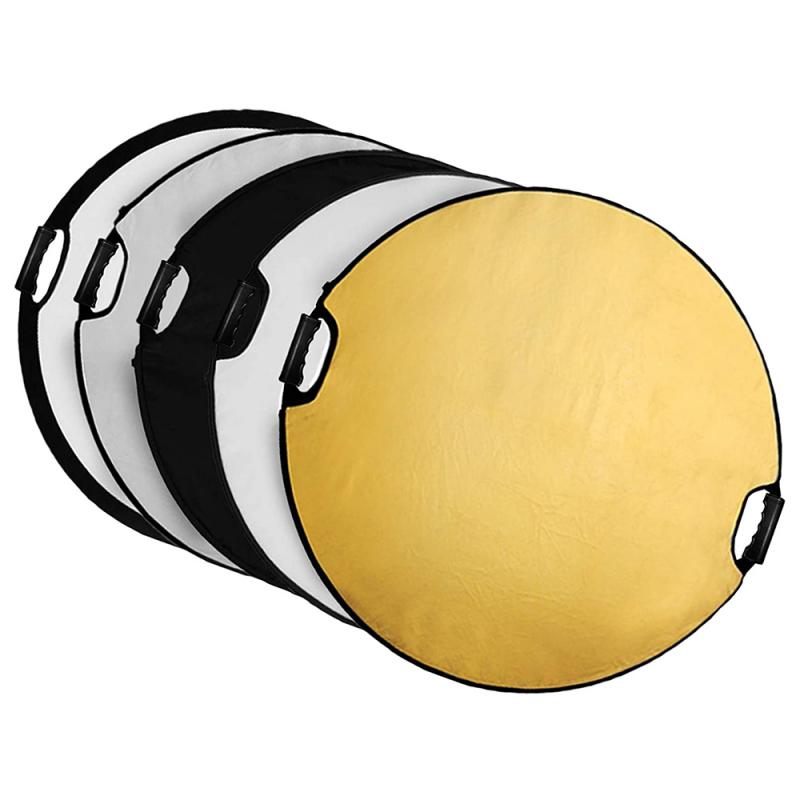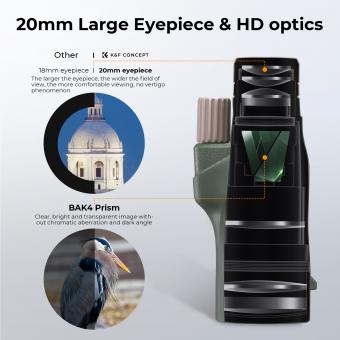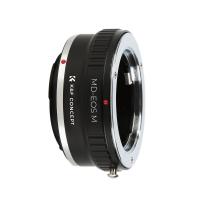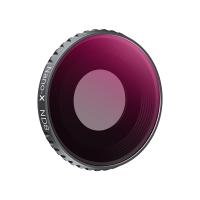Can You See Golgi Apparatus Under Light Microscope ?
Yes, the Golgi apparatus can be observed under a light microscope. However, it may not be easily distinguishable due to its small size and transparent nature. Special staining techniques, such as the use of dyes or fluorescent markers, can be employed to enhance its visibility.
1、 Golgi apparatus structure and organization
Yes, the Golgi apparatus can be observed under a light microscope. However, due to its small size and complex structure, it may not be easily visible without specific staining techniques or advanced microscopy methods.
The Golgi apparatus is an organelle found in eukaryotic cells and is involved in the processing, packaging, and sorting of proteins and lipids. It consists of a series of flattened membrane-bound sacs called cisternae, which are stacked on top of each other. These cisternae are interconnected and form a complex network within the cell.
Under a light microscope, the Golgi apparatus appears as a collection of flattened sacs located near the nucleus. However, its precise structure and organization may not be clearly visible without additional techniques. Staining methods, such as the use of dyes or fluorescent markers, can help highlight the Golgi apparatus and make it more visible under a light microscope.
In recent years, advancements in microscopy techniques have allowed for better visualization of the Golgi apparatus. Super-resolution microscopy, for example, can provide higher resolution images, enabling researchers to study the finer details of the Golgi structure and organization. Additionally, live-cell imaging techniques have allowed scientists to observe the dynamic behavior of the Golgi apparatus in real-time, providing insights into its function and dynamics within the cell.
In conclusion, while the Golgi apparatus can be observed under a light microscope, its detailed structure and organization may require specific staining techniques or advanced microscopy methods for better visualization. The latest advancements in microscopy have significantly contributed to our understanding of the Golgi apparatus and its role in cellular processes.

2、 Golgi apparatus function in protein processing and sorting
Yes, the Golgi apparatus can be observed under a light microscope. However, due to its small size and transparent nature, it may not be easily visible without specific staining techniques. The Golgi apparatus is a complex organelle found in eukaryotic cells and is involved in the processing and sorting of proteins.
The Golgi apparatus consists of a series of flattened membrane-bound sacs called cisternae. It is responsible for modifying, sorting, and packaging proteins and lipids that are synthesized in the endoplasmic reticulum (ER). Proteins enter the Golgi apparatus through the cis face and move through the cisternae, undergoing various modifications such as glycosylation, phosphorylation, and sulfation. These modifications help determine the final destination and function of the proteins.
The Golgi apparatus also plays a crucial role in sorting proteins for transport to different cellular compartments or for secretion outside the cell. It accomplishes this through the formation of vesicles that bud off from its trans face. These vesicles carry the processed proteins to their respective destinations, such as lysosomes, plasma membrane, or secretory vesicles.
Recent studies have shed light on the dynamic nature of the Golgi apparatus. It has been found that the Golgi apparatus is not a static structure but undergoes constant remodeling and fragmentation. This dynamic behavior allows the Golgi apparatus to adapt to changing cellular needs and ensures efficient protein processing and sorting.
In conclusion, while the Golgi apparatus can be observed under a light microscope, its small size and transparency may require specific staining techniques for better visualization. The Golgi apparatus functions in protein processing and sorting, playing a crucial role in modifying and packaging proteins for their proper cellular destinations. Ongoing research continues to uncover new insights into the dynamic behavior of this organelle and its importance in cellular function.

3、 Golgi apparatus dynamics and membrane trafficking
Yes, the Golgi apparatus can be observed under a light microscope. However, due to its small size and complex structure, it may not be easily distinguishable without the use of specific staining techniques or fluorescent markers.
The Golgi apparatus is a vital organelle involved in the processing, sorting, and packaging of proteins and lipids within the cell. It consists of a series of flattened membrane-bound sacs called cisternae, which are stacked on top of each other. These cisternae are interconnected and surrounded by vesicles that transport molecules to and from the Golgi apparatus.
To visualize the Golgi apparatus under a light microscope, researchers often use dyes or stains that selectively bind to its membranes. One commonly used stain is the Golgi-specific dye called BODIPY® FL C5-ceramide, which labels the Golgi membranes with a green fluorescence. This allows for the visualization of the Golgi apparatus as distinct green structures within the cell.
In recent years, advancements in microscopy techniques have allowed for the study of Golgi apparatus dynamics and membrane trafficking in greater detail. Live-cell imaging using fluorescent proteins or markers has provided insights into the dynamic nature of the Golgi apparatus, revealing its ability to undergo constant remodeling and reorganization.
Furthermore, super-resolution microscopy techniques, such as stimulated emission depletion (STED) microscopy and structured illumination microscopy (SIM), have enabled researchers to achieve higher resolution imaging of the Golgi apparatus. These techniques have revealed finer details of the Golgi structure and its interactions with other cellular components.
In conclusion, while the Golgi apparatus can be observed under a light microscope, the use of specific stains or fluorescent markers greatly enhances its visibility. Recent advancements in microscopy techniques have further expanded our understanding of Golgi apparatus dynamics and membrane trafficking.

4、 Golgi apparatus in cellular signaling and disease
Yes, the Golgi apparatus can be observed under a light microscope. The Golgi apparatus is a cellular organelle that plays a crucial role in the processing, sorting, and packaging of proteins and lipids. It consists of a series of flattened membrane-bound sacs called cisternae.
Under a light microscope, the Golgi apparatus appears as a stack of flattened sacs located near the nucleus of the cell. However, due to its small size and transparent nature, it may not be easily visible without specific staining techniques or higher magnification.
In recent years, advancements in microscopy techniques have allowed for more detailed visualization of the Golgi apparatus. Super-resolution microscopy, for example, has provided researchers with a higher level of resolution, enabling the observation of finer details within the Golgi structure.
The Golgi apparatus is involved in various cellular signaling processes. It modifies and sorts proteins and lipids, adding specific tags or signals that determine their final destination within the cell or for secretion outside the cell. This sorting process is crucial for maintaining cellular homeostasis and proper functioning.
Furthermore, the Golgi apparatus has been implicated in several diseases. Dysfunction of the Golgi apparatus can lead to impaired protein trafficking and secretion, resulting in various pathological conditions. For example, defects in Golgi function have been associated with neurodegenerative disorders such as Alzheimer's disease and Parkinson's disease.
In conclusion, while the Golgi apparatus can be observed under a light microscope, more advanced microscopy techniques have provided a deeper understanding of its structure and function. The Golgi apparatus plays a vital role in cellular signaling and its dysfunction has been linked to various diseases, making it an important area of research in cell biology and medicine.





























There are no comments for this blog.